Full-color PolyJet 3D printers set the standard again, with new opaque colors and graphic sharpness you need to see and touch to believe
Sidebar

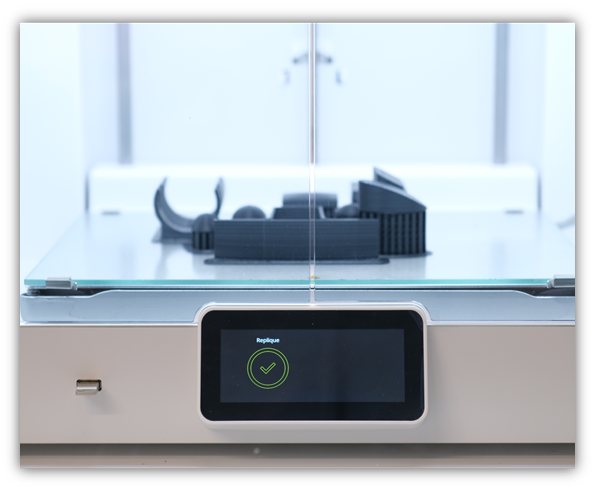
Replique revolutionizes the aftermarket with decentralized on-demand manufacturing
The secure end-to-end solution enables original equipment manufacturers (OEMs) to move to on-demand 3D printing of spare parts.
Using the digital inventory platform of Replique, OEMs save costs, gain flexibility, and achieve top line growth with new revenue streams.
The unique service model draws on the expertise of BASF in 3D printing technologies, material and digitalization.
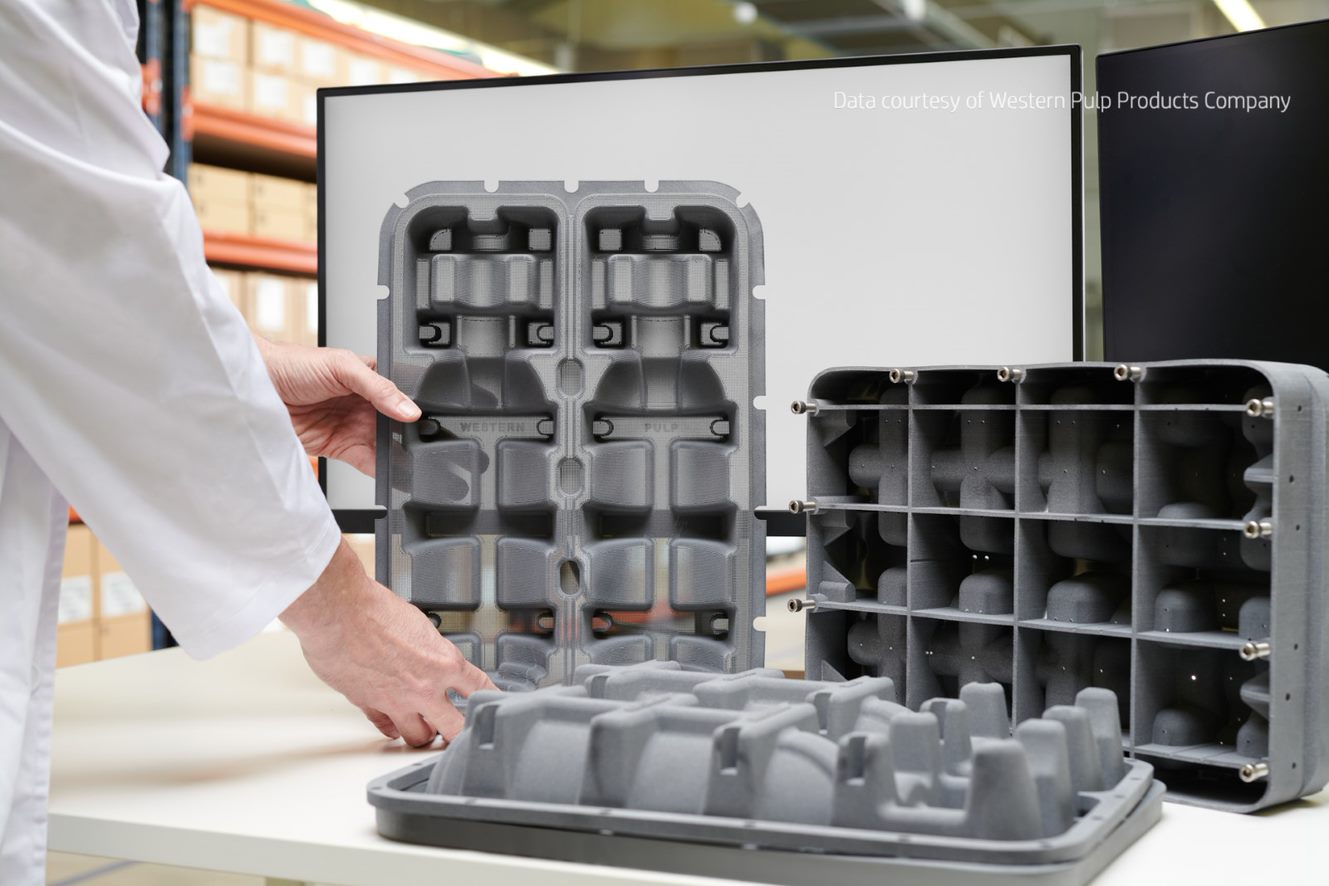
HP and Innofibre Showcase Significant Performance, Reliability and Cost Advantages of New HP Molded Fiber Packaging and Production Solution
New Customers, Technology Advancements, and Independently Verified Performance Data Highlight Traction of HP’s Disruptive New Solution

SABIC and POLYRAY collaborate to introduce certified renewable polycarbonate into eyewear applications
SABIC, a global leader in the chemical industry and POLYRAY (Xiamen Hongtai Optical Co., Ltd.,), an innovative leader in the eyewear lens industry, today announced their collaboration for the use of SABIC’s LEXAN™ polycarbonate (PC) resin based on certified renewable feedstock in the lenses of several eyewear end applications such as sunglasses, safety glasses and sports goggles.

Clariant highlights innovative sustainable additive solutions for China
New Additives R&D Center in China will strengthen local innovation
Clariant Additives fosters agile collaboration with customers at every step of the value chain
Preview of Chinaplas 2021: Terra and VITA bio-based additives to make China debut
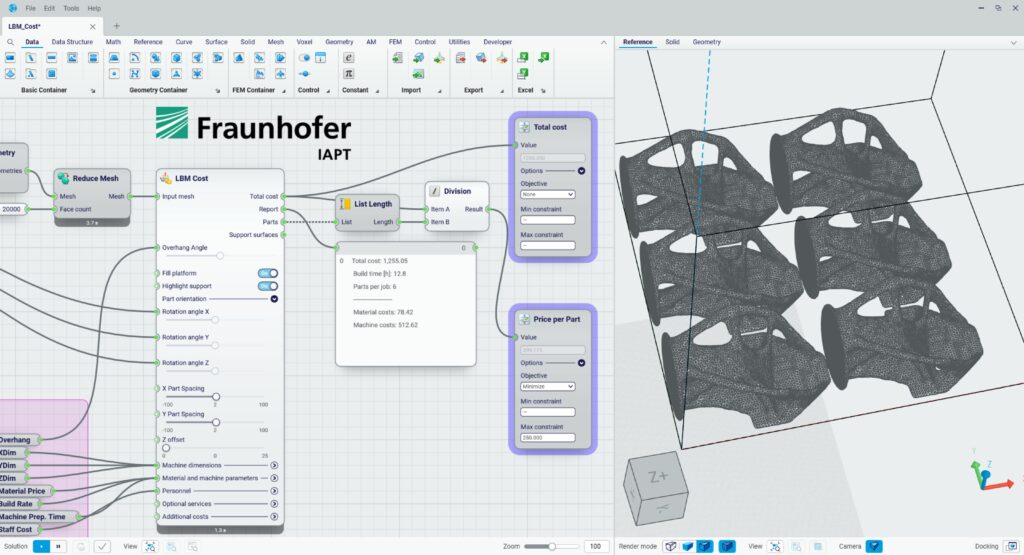
Developers finally get accurate costs for their 3D printed parts in an early design phase
Fraunhofer research applied to the ELISE platform
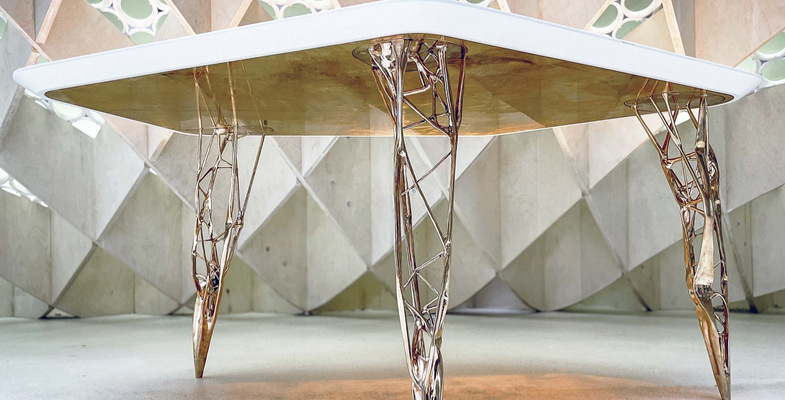
3D printing for sustainable architecture: Zero-Wastage in construction, but perfectly shaped, fast and efficient
3D printing for sustainable architecture: Zero-Wastage in construction, but perfectly shaped, fast and efficient
3D printing technologies make it easier for the construction industry to adapt to changing conditions. The AI-Table project stands as a true symbol. Rising raw material prices, fragile supply chains, growing time pressure and maximum environmental awareness:
The construction industry is being confronted with changing conditions on a wide variety of levels. Although the digitization of workflows is advancing in this industry, it has so far focused more on planning and administrative tasks than on end-to-end data-driven processes, from design to the actual structural element. Advanced 3D printing creates the necessary basis for future-oriented architectural projects.
At first glance, they are just a few table legs. The filigree, interwoven structures could be the work of a designer, inspired by observations made during a walk in the forest. To ensure that such fragile-looking structures do not collapse under the weight of a heavy tabletop, however, profound knowledge of the calculation of static loads is required in addition to artistic skill.
In fact, the idea behind these branching table legs is not just based on the creative mind of a human being, but also the AI functionality of Autodesk Fusion 360 software combined with powerful 3D printing technology and traditional metal casting. The idea was born in Singapore at the Architectural Intelligence Research Lab (AIRLAB), a design research laboratory from the Singapore University of Technology where the idea of reliably absorbing the structural forces of the tabletop while using a minimum amount of material was discussed. The material of choice turned to bronze. Therefore, a positive pattern made of polymethyl methacrylate (short PMMA) was 3D printed, and the patterns were then transformed into cast parts by the renowned art foundry Strassacker, based in Germany. To cast the parts, the foundry molded the PMMA patterns into a ceramic shell that met the high-precision specifications. And as filigree as the end product may appear, in terms of stability these table legs are fully equal to a solid construction. The difference is made by a significantly reduced material input thanks to AI-assisted design and printed casting.
Filigree furniture design as a role model for 3D-printed building elements
Under the direction of architecture professors Carlos Bañón from Spain and Felix Raspall from Argentina, AIRLAB is dedicated to the question of how high-performance constructions can be realized with technological support and minimized use of raw materials. The focus is on digital design and manufacturing methods such as structural optimization and 3D printing, with the help of which Bañón and Raspall want to firmly establish the idea of sustainability in the world of architecture. The table legs, which were created with the support of voxeljet, form a blueprint, so to speak, for a wide variety of design and construction projects of all types and sizes.
„3D printing offers us the opportunity to create real products from digitally optimized structures that would be difficult to manufacture conventionally", Carlos Bañón, Co-Founder and Director - AIRLAB – Singapore
“3D printing gives us the opportunity to create real products from digitally optimized structures,” explains Carlos Bañón. “With conventional manufacturing processes, it would be impossible to create a real-world usable component based on the values generated by the software in terms of structural optimization, weight reduction and high performance. With advanced 3D printing technologies, on the other hand, this is easily achievable.” Felix Raspall adds, “In architecture, the design process traditionally starts with conceptual sketches and then leads to a highly technical project, culminating in the production phase. By incorporating algorithms into the design phase and 3D printing into manufacturing, we open up completely different creative dimensions with new levels of formal and material freedom.”
"3D printing brings sustainability to the world of architecture"
For architect and AIRLAB co-founder Carlos Bañón, one thing is certain: “Sustainability is the most urgent challenge of this century, and the construction industry plays a large and important role in this – simply because of its size and the lifespan of the products it generates.”
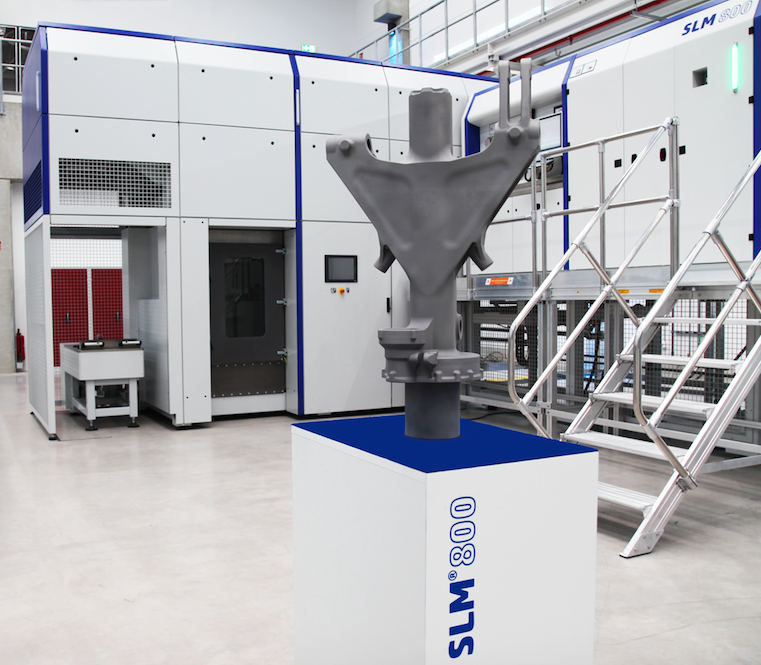
Safran and SLM Solutions evaluate SLM® technology for Additively Manufactured Main Fitting of a Bizjet
In a joint project, Safran Landing Systems and SLM Solutions tested Selective Laser Melting to produce a component of a nose landing gear for a bizjet. A world first for a part of this size.

Safran and SLM Solutions evaluate SLM® technology for nose gear component of a bizjet
In a joint project, Safran Landing Systems and SLM Solutions have tested Selective Laser Melting technology for the production of a nose landing gear component for a Bizjet. A world first for a component of this size.

Demanding material requires customized pumps
polyurethane (PUR) is conquering ever more areas of modern life – automobiles, furniture, shoes, medical technology and packaging. However, processing it is extremely complex and demands tailored solutions for the respective applications.
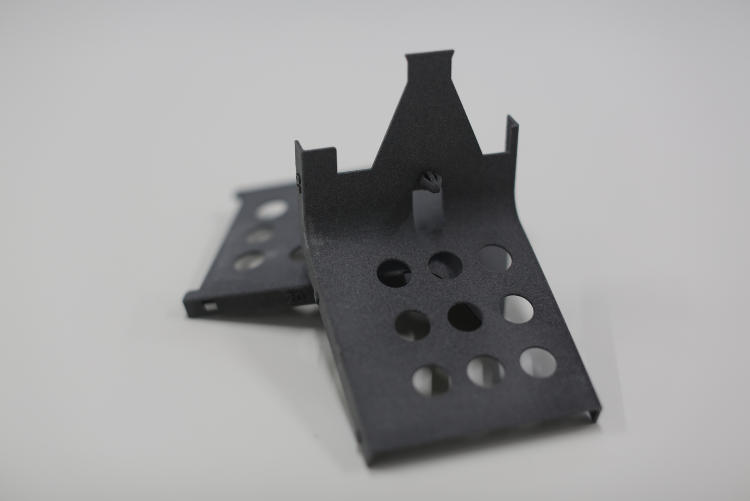
SOLIZE and HP Enable Sustainable 3D Production of Replacement NISMO Heritage Parts
Leading digital manufacturer SOLIZE partnering with HP Inc. on joint development of replacement parts for NISMO Heritage Parts

 Deutsch (Germany)
Deutsch (Germany)  Polski (PL)
Polski (PL) 







